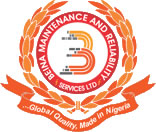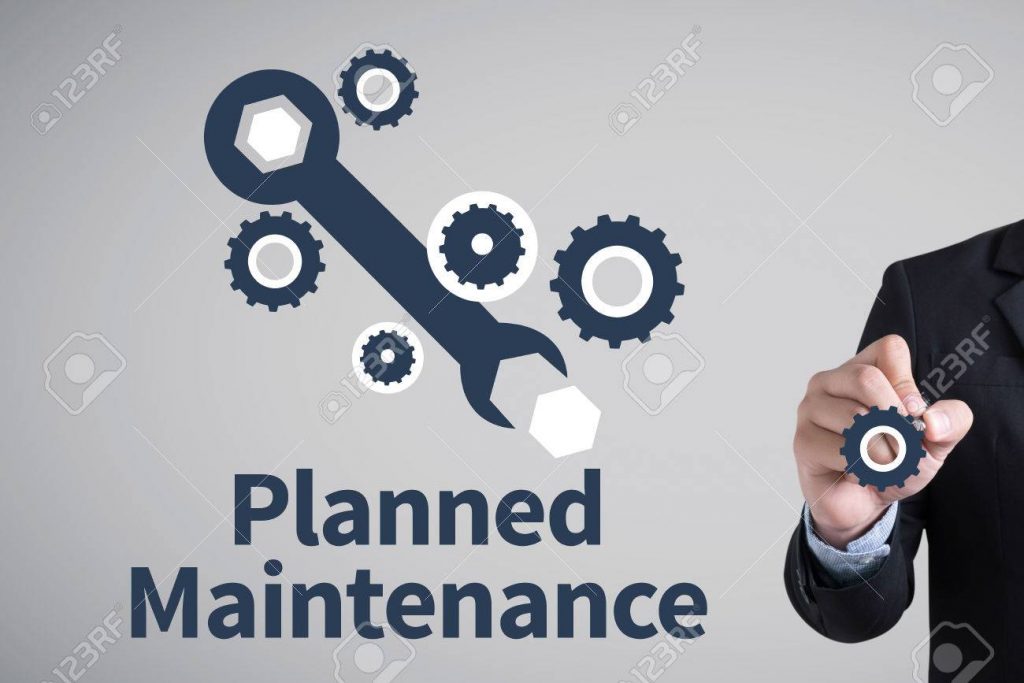INTRODUCTION:
In the realm of Total Productive Maintenance (TPM), Planned Maintenance emerges as a critical pillar for maximizing equipment reliability and minimizing unplanned downtime. As one of the fundamental pillars of TPM, Planned Maintenance emphasizes proactive maintenance practices aimed at preserving equipment condition, extending asset lifespan, and optimizing overall equipment effectiveness (OEE). In this blog post, we’ll delve into the second pillar of TPM: Planned Maintenance. We’ll explore its significance, principles, and practical strategies for implementing structured maintenance schedules to enhance operational efficiency and reliability.
UNDERSTANDING PLANNED MAINTENANCE:
Planned Maintenance, often referred to as PM, represents a departure from traditional reactive maintenance approaches towards a proactive and systematic approach to equipment care. Unlike Autonomous Maintenance, which focuses on frontline operators, Planned Maintenance involves the coordinated efforts of maintenance teams to schedule and execute maintenance activities based on equipment condition, usage, and performance data. By conducting maintenance activities proactively and according to a predetermined schedule, organizations can minimize the risk of unexpected breakdowns and disruptions to production.
KEY PRINCIPLES OF PLANNED MAINTENANCE:
- Scheduled Maintenance Activities: Planned Maintenance involves scheduling routine maintenance activities such as inspections, lubrication, calibrations, and component replacements at predetermined intervals. These activities are based on equipment manufacturer recommendations, historical performance data, and predictive maintenance techniques to ensure optimal equipment performance and reliability.
- Condition Monitoring and Predictive Maintenance: In addition to scheduled maintenance tasks, Planned Maintenance incorporates condition monitoring techniques and predictive maintenance technologies to anticipate and prevent equipment failures. Techniques such as vibration analysis, thermal imaging, and oil analysis help identify early warning signs of potential problems, allowing maintenance teams to intervene before critical failures occur.
- Equipment History and Data Analysis: Planned Maintenance relies on accurate and comprehensive equipment history records and performance data to inform maintenance decision-making. By analyzing historical maintenance records, downtime logs, and equipment failure patterns, organizations can identify trends, recurring issues, and opportunities for improvement, guiding the development of effective maintenance strategies.
- Spare Parts Management: Effective Planned Maintenance requires proper inventory management of spare parts and consumables to ensure timely availability for maintenance activities. Organizations must establish stocking levels, reorder points, and inventory tracking systems to prevent stockouts, minimize lead times, and optimize spare parts utilization.
PRACTICAL STRATEGIES FOR IMPLEMENTING PLANNED MAINTENANCE:
- Develop Maintenance Plans and Schedules: Create detailed maintenance plans and schedules outlining specific tasks, frequencies, and responsible personnel for each piece of equipment. Utilize computerized maintenance management systems (CMMS) or enterprise asset management (EAM) software to streamline planning, scheduling, and tracking of maintenance activities.
- Implement Preventive and Predictive Maintenance Technologies: Deploy advanced technologies such as sensors, IoT devices, and predictive maintenance software to monitor equipment condition in real-time and predict potential failures. Integrate these technologies with existing maintenance systems to enable proactive maintenance interventions and maximize equipment uptime.
- Empower Maintenance Teams with Training and Resources: Provide comprehensive training to maintenance technicians on equipment maintenance procedures, troubleshooting techniques, and predictive maintenance technologies. Equip teams with the necessary tools, equipment, and resources to perform maintenance tasks safely, efficiently, and effectively.
- Monitor Performance and Continuously Improve: Establish key performance indicators (KPIs) such as planned maintenance compliance, mean time between failures (MTBF), and maintenance cost per unit produced to measure the effectiveness of Planned Maintenance activities. Monitor KPIs regularly and implement corrective actions to address deviations and optimize maintenance performance.
CONCLUSION:
Planned Maintenance, the second pillar of Total Productive Maintenance (TPM), serves as a cornerstone for maximizing equipment reliability, minimizing downtime, and optimizing operational performance. By embracing the principles of scheduled maintenance, condition monitoring, data analysis, and spare parts management, organizations can establish robust maintenance programs that enhance asset lifespan and drive sustainable competitiveness. As Planned Maintenance becomes integrated into the fabric of organizational culture, it enables organizations to proactively manage their assets, adapt to evolving market demands, and achieve operational excellence in today’s dynamic manufacturing landscape.



